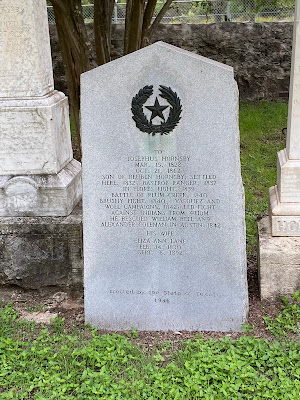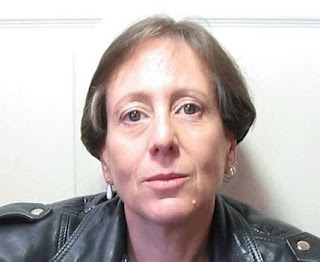I’ve learned a lot from reading Michael Lewis books in the past, and I’ve always enjoyed the author’s writing style and talent for making it as much fun to read truth as it is to read fiction. The Premonition, however, pretty much fails to reach the high standard Lewis set for himself in his previous books. In fact, because The Premonition, for all practical purposes, chronologically ends around March 2020, it left me as baffled as ever about what has been going on behind the scenes regarding this country’s battle with COVID-19 for the past year-and-a-half.
“In February 2021, The Lancet published a long critique of the U.S. pandemic performance. By then 450,000 Americans had died. The Lancet pointed out that if the COVID death rate in the United States had simply tracked the average of the other six G7 nations, 180,000 of those people would still be alive.”
So what happened? Whose fault is that the American response was as ineffective and inefficient as it was? And most important of all, why did it happen?
According to Lewis, politicians (Republicans and Democrats, alike) share a large part of the blame for the country’s unfocused response to the coronavirus that probably hit our shores for the first time around December 2019. But the politicians, again according to Lewis’s reckoning, are not the primary villains here; that honor belongs instead to the Centers for Disease Control (CDC), the agency that Americans at one time could depend on to protect their health, not make things worse out of a fear to look bad. As Lewis puts it”
“The CDC did many things. It published learned papers on health crises, after the fact (emphasis mine). It managed, very carefully, public perception of itself. But when the shooting started, it leapt into the nearest hole, while others took fire.”
Perhaps the biggest — and thus, the most shocking — revelation that Lewis makes in The Premonition is that the CDC’s horrible leadership during the entirety of the COVID-19 pandemic stems all the way back to the agency’s politicization in the mid-1970s. That’s when politicians started appointing the chief of the CDC rather than allowing the best man or woman to rise to the top based on effectiveness and years of experience. That change, in effect, caused CDC leaders to worry more about their jobs and personal futures than about the diseases they were there to combat on behalf of the public.
The bulk of this 300-page book follows a small group of brave scientists willing to risk their reputations, many of whom had once worked in either the Obama or Trump White Houses, as they come to grips with the idea that if the virus is going to be contained, they are the ones who are going to have to come up with the plan to do it. So that’s what they do. But we will never know if their plan would have worked because no one in Washington D.C. or inside the CDC would even listen to their ideas. Instead, they were blown off until it was too late for their plan ever to work as well as it could have — and even today (May 23, 2021) just under 1,000 Americans per day are still dying from COVID-19.
Bottom Line: The Premonition is not the book I was hoping it was when I picked it up, so it is partially my fault that I find it disappointing. I want to know what happened in 2020 after the federal government put the burden on state governments to solve the problem for themselves. I want to know who did, and didn’t do, their jobs at all levels of government. That’s the book I want to read about COVID-19. Maybe it was just too soon to expect that one.
 |
| Michael Lewis |









































